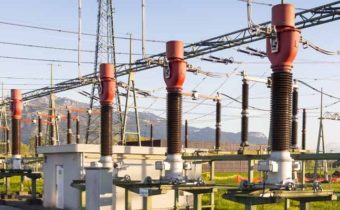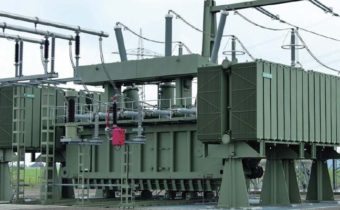
Column: Market review
Who controls development Abstract Every country accepts a central control system for the national grid, but opinions have been divided as to who controls development...
by Steve AUBERTIN

Who controls development
Abstract
Every country accepts a central control system for the national grid, but opinions have been divided as to who controls development of the grid. A benefit of a grid as a monopoly structure is that one organisation and government funding enables grid development for the national good – even if there is no immediate return on the investment.
Keywords: national grid development, monopoly grid structure, capital investment
- Grid development and barriers to growth
It seems to have come as a great surprise to many during the last few years that the U.S. grid structure was beginning to fall apart after years of rising load and lack of capital investment. This current state of affairs really should not have been earth-shattering news to anyone. In a country where free enterprise and capitalism are at the root of every business and the ethos has always been profit first, why should a corporation invest hard earned capital into unprofitable activities?
Despite initial warnings, prompting, dire warnings and eventually pleadings from various reliability councils, policy makers and commentators, meaningful levels of investment have been very slow to emerge. There have been various theories put forward as to why this has happened, including lack of oversight, planning difficulties – strategic and routing issues, lack of regulation and too much regulation; but there are more fundamental structural issues that have impacted the industry.
In the early days of electrification in the 1900s electricity generation and distribution was developed on a local municipal basis much as the gas industry some years earlier. This was funded either by entrepreneurial capital, co-operative funding or town civil administration; the point being that in densely populated areas it was profitable to install a generator and cable to houses and sell electricity to the townsfolk. The networks then radiated and expanded to include more consumers to a point where the population density fell and it became uneconomic to install distribution network for a few additional consumers. This was the nature of development in every industrialised nation including the U.S., U.K. and other European countries. As neighbouring communities expanded, their networks overlapped and the second wave of development began; municipal companies merged, voltage levels increased, networks became more complex and rather than a radial topography extending along communication routes, proper grid networks were developed that we recognize today. Electrical equipment supply companies developed specialist capabilities in supplying switchgear, transformers, cables, overhead lines, substations, etc. with names that reflected their ability to supply all electrical equipment: GE – General Electric in the U.S., GEC – General Electric Company in the U.K., AEG – Allgemeine Elektricitäts-Gesellschaft, ASEA -Allmänna Svenska Elektriska Aktiebolaget, to name but a few.
Up to this point in time, every country had developed in an identical manner and each had a variety of differently funded local and regional networks – generation, distribution and some limited transmission – with low capacity and by today’s standards, at low voltage levels.







